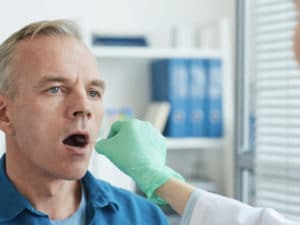
New DOT oral fluid testing rule: No need for action yet
On May 2, 2023, the Department of Transportation published a final rule in the Federal Register allowing oral fluid testing to be used for DOT drug tests, in place of urine-based testing,

On May 2, 2023, the Department of Transportation published a final rule in the Federal Register allowing oral fluid testing to be used for DOT drug tests, in place of urine-based testing,
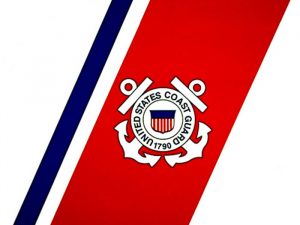
The Coast Guard has issued a Marine Safety Information Bulletin (MSIB) saying that marine employers with mariners in safety sensitive positions who are subject to drug testing under 46 Code of Federal
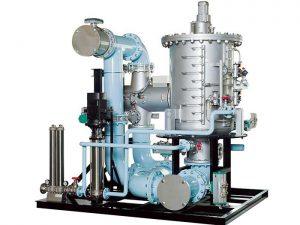
JULY 5, 2017 — Japan’s Miura Co., Ltd. reports that it has successfully completed another major milestone towards acquiring U.S. Coast Guard (USCG) type approval for its HK ballast water management system
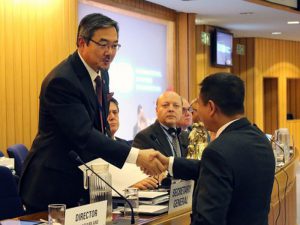
The International Chamber of Shipping (ICS) says that the fixing of a definite implementation dategives shipowners some of the certainty needed to make important decisions about whether to refit the new mandatory treatment equipment or otherwise to start sending ships for early recycling.
However, IMO has to finalize the much needed revision of its type approval guidelines for Ballast Water Treatment Systems (BWTS).
The International Chamber of Shipping says that this revision is needed “as soon as possible, in order to ensure that shipowners can have absolute confidence that the expensive equipment they will soon have to install will be effective in treating ballast water conditions normally encountered during worldwide operations and be regarded as fully compliant during Port State Control inspections.”
In other words, the IMO Type Approval process currently in place doesn’t give absolute confidence that an IMO approved system will actually work. That, of course, is why the IMO approvals of BWTS have never been taken at their face value by the U.S., which has its own, tougher, approval system in place.
The International Chamber of Shipping has never been very happy about that and says that entry into force of the new IMO regime “does not resolve the extreme difficulties that still exist in the United States. There is still great uncertainty with respect to the more stringent United States approval regime for treatment equipment, which started to be enforced in January 2014 (the U.S. not being a Party to the IMO Convention).
“The U.S. regulations require all ships that discharge ballast water in U.S. waters to use a treatment system approved by the Coast Guard. However, because no systems have yet been approved, ships already required to comply with the U.S. regulations have either been granted extensions to the dates for fitting the required treatment systems or else permitted to install a USCG accepted Alternate Management System (AMS), in practice a system type-approved in accordance with the current IMO Guidelines.
“However, an AMS will only be accepted for operation for five years, after which time a fully USCG approved system must be installed. But the USCG does not guarantee that an AMS will be subsequently granted full approval. Hence shipowners that may have installed an AMS in good faith, at a cost of between $1 million -5 million per ship, might then have to replace the system completely after only five years. This is a particular concern for operators that have installed ultra-violet (UV) systems.
“There are over 50 treatment systems approved under the current IMO regime, but worryingly fewer than 20 manufacturers have so far indicated their intent to submit their systems for U.S. approval. The conflicting IMO and U.S. requirements, when combined with the complete lack of systems fully approved by the USCG, could produce an impossible situation in which some ships might not be able to operate in U.S. waters when the IMO Convention enters in force.”
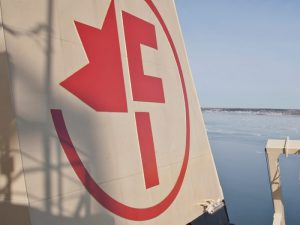
The ship, the 34,500 dwt ocean going laker Federal Biscay, is fitted with a ballast water treatment system (BWTS) — a first for ships transiting the Great Lakes, says Fednav, the largest international operator in the Great Lakes/Saint Lawrence Seaway System.
Fednav announced in April that it would equip all 12 ships in its Oshima shipyard newbuild program with BallastAce ballast water treatment systems (BWTS) (see earlier story).
Developed by JFE Engineering Corporation in Japan, the BallastAce system will be effective in both fresh and salt water. BallastAce operates through a combination of filtration and sodium hypochlorite (bleach) injection into the ship’s ballast system.
“This is a pivotal step in protecting the Great Lakes against invasive species and preserving biodiversity in the region,” said Paul Pathy, president and co-CEO of Fednav Limited. “Fednav is proud to be the first shipping company to deploy such systems, and we are pleased that the Federal Biscay is serving as a test ship for this technology.”
Fednav will start using BallastAce in the Great Lakes at the opening of the St. Lawrence Seaway in 2016.
With the assistance of Fednav, the BallastAce system (which is already USCG AMS approved) will continue the necessary testing for full U.S .Coast Guard type approval for fresh, brackish, and salt water at the GSI facility in Superior, WI, and at MERC in Baltimore, MD. During the first six months of 2016, the system installed on the Federal Biscay will be be used for the shipboard testing element of the type approval requirements.
Fednav expects that the IMO Ballast Water Management Convention, to which Canada is a signatory, will most likely enter into force in 2016, the year the U.S. Coast Guard and EPA require the installation of systems on ships trading in US waters.
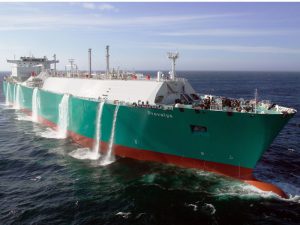
Owned by French energy utility Energie and operated by Gazocean, the ship will be fitted with an OceanSaver Mk II BWT system with a treatment capacity of 2 x 3,000 cu. m per hour. OceanSaver will deliver the equipment in 2016.
“We see the contract award as an acknowledgment of our experience with retrofits to LNG carriers, and look forward to delivering this project at the highest industry standards,” says Alan Linderoth, Vice President Sales & Marketing at OceanSaver.
OceanSaver’s Mark II ballast water treatment system delivers high performance filtration in combination with disinfection through patented electrodialysis and has a flexible system installation.
“Our streamlined retrofit concept for efficient system installation receives positive feedback from customers. The Mark II system has a small footprint through its modular nature, which makes it perfect for retrofit,” says OceanSaver Sales Manager Benjamin Pettersson.
OceanSaver’s Mark II system is fully compliant with key regulations, standards and certificates, including IMO and US Coast Guard AMS.
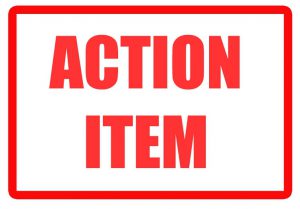
Blank Rome says that vessel owners and operators may realize a cost savings by a delayed compliance date, which would allow time for the approval of U.S. Coast Guard type-approved ballast water treatment systems before other systems are installed.
The firm says that owners and/or operators should therefore review the compliance dates for their vessels and consider applying for an extension if they will face a hardship coming into compliance with the Coast Guard’s Ballast Water Management rule in light of the fact that there are no type-approved systems as yet or any practical alternatives.
Issued September 10, 2015, revised Policy Letter 13-01 gives updated guidance to vessel owners and operators on BWM methods and streamlines the application process for vessel owners and operators to obtain extended compliance dates for implementing BWM methods, principally the installation of treatment systems.
Notable updates, says Blank Rome, include removing the five-year limit on cumulative extensions, clarifying “batch” and supplemental applications, deleting the requirement to submit vessel Ballast Water Management Plans with extension requests, and allowing extensions to vessels that choose to install Alternate Management Systems (AMS) accepted by the Coast Guard.
The Coast Guard has also provided template application forms and recommendations regarding applying for extensions.
Read the full Blank Rome Action Item HERE
Download the policy letter HERE
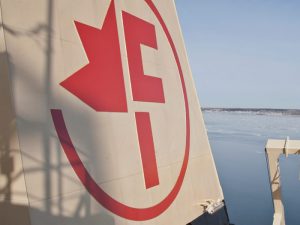
APRIL 15, 2015 — Montreal, Quebec, headquartered Fednav Limited has ordered 12 BallastAce ballast water treatment systems (BWTS) for 12 lakers it currently has under construction at Japan’s Oshima Shipbuilding. The order
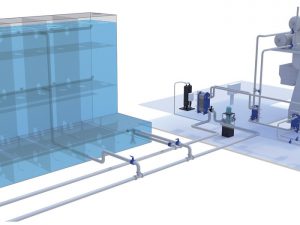
FEBRUARY 18, 2015 — The innovative ballast water treatment system developed by Danish company Bawat A/S has now received U.S, Coast Guard Alternate Management System (AMS) acceptance. Regardless of the status of
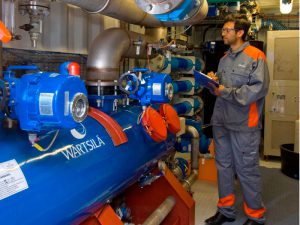
NOVEMBER 12, 2014 — The U.S. Coast Guard (USCG) has granted Alternate Management System (AMS) acceptance to Wärtsilä’s Aquarius EC Ballast Water Management System (BWMS). This allows all U.S. and foreign flag